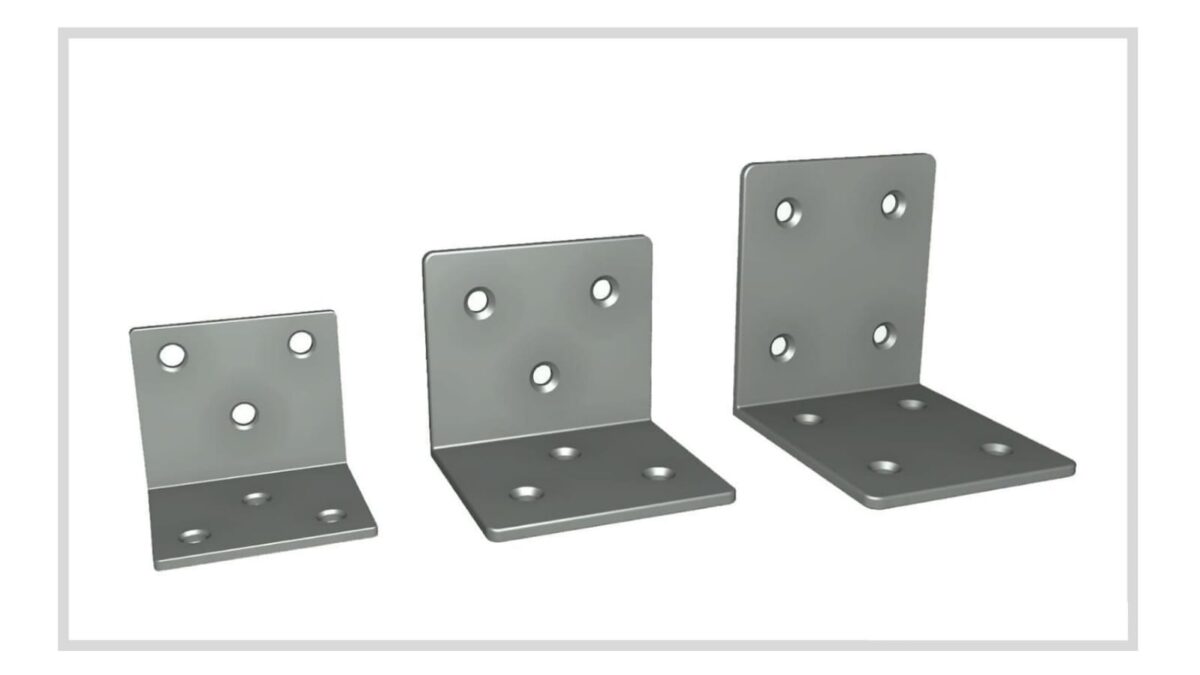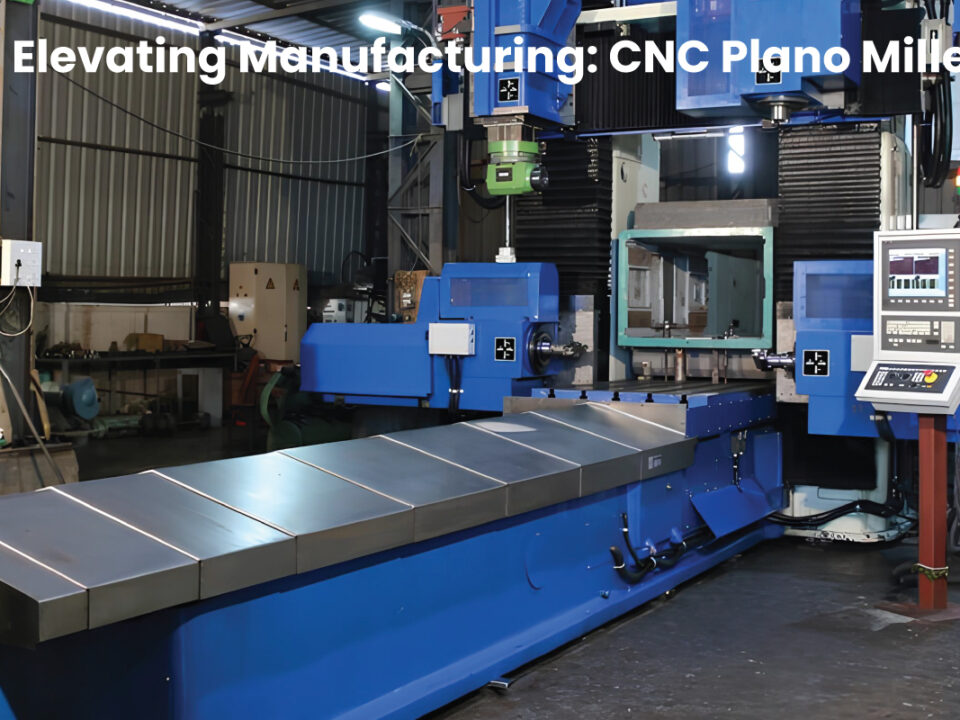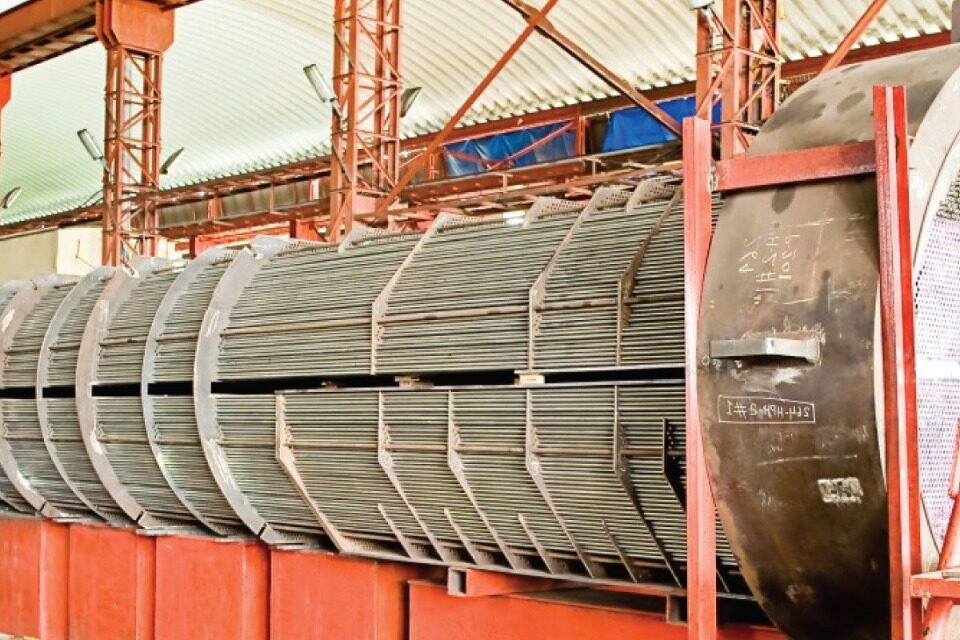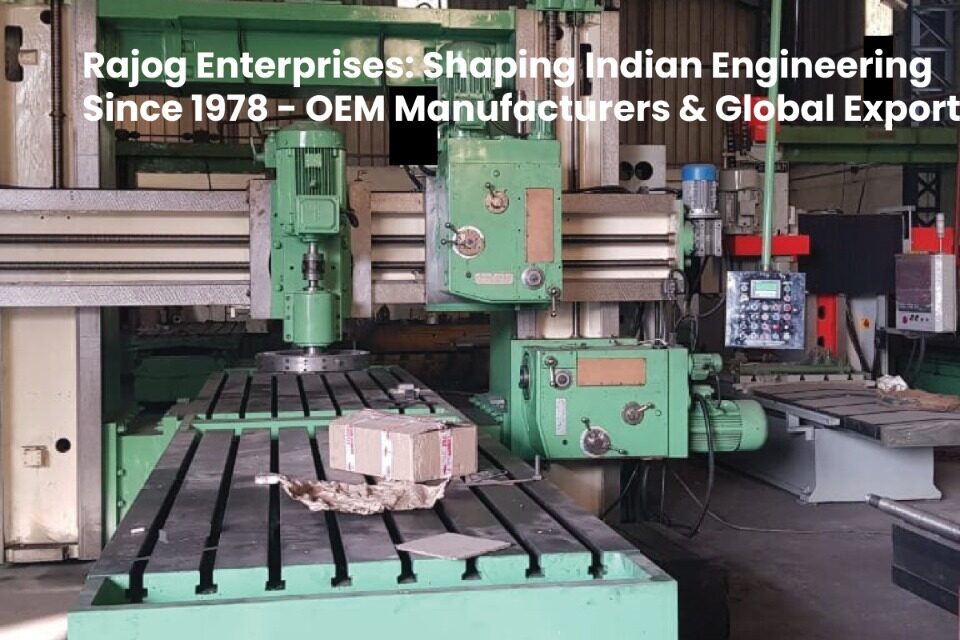Introduction:
In the world of engineering and manufacturing, structural integrity is paramount. It ensures that the products we create not only meet but exceed safety and performance standards. When it comes to sheet metal brackets and structures, understanding the science behind their structural integrity is crucial. In this blog, we will delve into the key aspects that contribute to the strength and durability of sheet metal brackets and structures, and how these components play a vital role in various industries.
Sheet metal brackets are essential components in many industrial applications, providing support, reinforcement, and attachment points for various equipment and structures. The strength and reliability of these brackets are critical, especially in load-bearing applications
The science behind their structural integrity involves several key factors:
- Material Selection: The choice of material plays a significant role in determining the structural integrity of sheet metal brackets. Common materials used include stainless steel, aluminum, and carbon steel, each with its own strengths and weaknesses. Factors such as corrosion resistance, strength-to-weight ratio, and cost-effectiveness are considered when selecting the material.
- Design and Manufacturing: The design of sheet metal brackets is crucial for ensuring their structural integrity. Factors such as the shape, size, and thickness of the bracket, as well as the welding and assembly processes used during manufacturing, all play a role in determining its load-bearing capacity and overall strength.
- Load-Bearing Capacity: Sheet metal brackets are often subjected to various loads and forces in their applications. Calculating the load-bearing capacity of a bracket involves considering factors such as the material properties, the design of the bracket, and the type of load it will be subjected to (e.g., static or dynamic loads).
- Alignment and Fit: Proper alignment and fit of sheet metal brackets are crucial for ensuring their structural integrity. Misalignment or poor fit can lead to increased stress concentrations and reduced load-bearing capacity. Precision in manufacturing and installation processes is essential to achieve the desired alignment and fit for optimal performance.
- Surface Finish: The surface finish of sheet metal brackets can impact their durability and performance. A smooth finish can reduce the risk of corrosion and wear, while also improving the bracket’s appearance. Surface treatments such as powder coating or anodizing can enhance the surface finish and provide additional protection against environmental factors.
Structural Integrity of Sheet metal structures, such as enclosures, frames, and panels, also require careful consideration of their structural integrity. Factors such as thermal conductivity, sustainable manufacturing practices, and load-bearing capacity are essential in ensuring the longevity and performance of these structures.
- Thermal Conductivity: In applications where heat transfer is a concern, such as in boilers and pressure vessels, the thermal conductivity of sheet metal structures is critical. Proper design and material selection can help optimize thermal conductivity while maintaining structural integrity.
- Sustainable Manufacturing: As environmental concerns become increasingly important, sustainable manufacturing practices are gaining traction. Using recyclable materials, reducing waste, and minimizing energy consumption in the manufacturing process can all contribute to the sustainability of sheet metal structures
- Corrosion Resistance: Another crucial factor in the structural integrity of sheet metal structures is corrosion resistance. Sheet metal structures are often exposed to harsh environments, including moisture, chemicals, and varying temperatures, which can lead to corrosion over time. Choosing corrosion-resistant materials and applying protective coatings can help extend the lifespan of sheet metal structures
- Fatigue Resistance: Sheet metal structures are also subject to fatigue failure, especially in applications where they are subjected to repeated loading and unloading. Proper design considerations, such as avoiding sharp corners and edges, can help improve fatigue resistance and prolong the life of sheet metal structures.
- Vibration Damping: In applications where vibration is a concern, such as in industrial machinery or transportation vehicles, sheet metal structures must be designed to dampen vibrations. This can be achieved through the use of vibration-damping materials or by incorporating features such as ribbing or bracing into the design.
Conclusion:
In conclusion, the structural integrity of sheet metal brackets and structures depends on material selection, design, manufacturing, and environmental factors. Engineers and manufacturers must consider these aspects to meet safety, reliability, and performance standards .Sheet metal brackets are vital for support in various applications. Material selection, design, and manufacturing processes ensure their strength, with alignment, fit, and surface finish also crucial.
Sheet metal structures, like enclosures and frames, need similar considerations. Thermal conductivity, sustainability, corrosion resistance, fatigue resistance, and vibration damping are vital for their performance.






2 Comments
Your blog is a constant source of inspiration for me. Your passion for your subject matter is안전놀이터 palpable, and it’s clear that you pour your heart and soul into every post. Keep up the incredible work!
Thank you for the valuable feedback. Do tell us what topic we should cover next. Keep inspiring as well